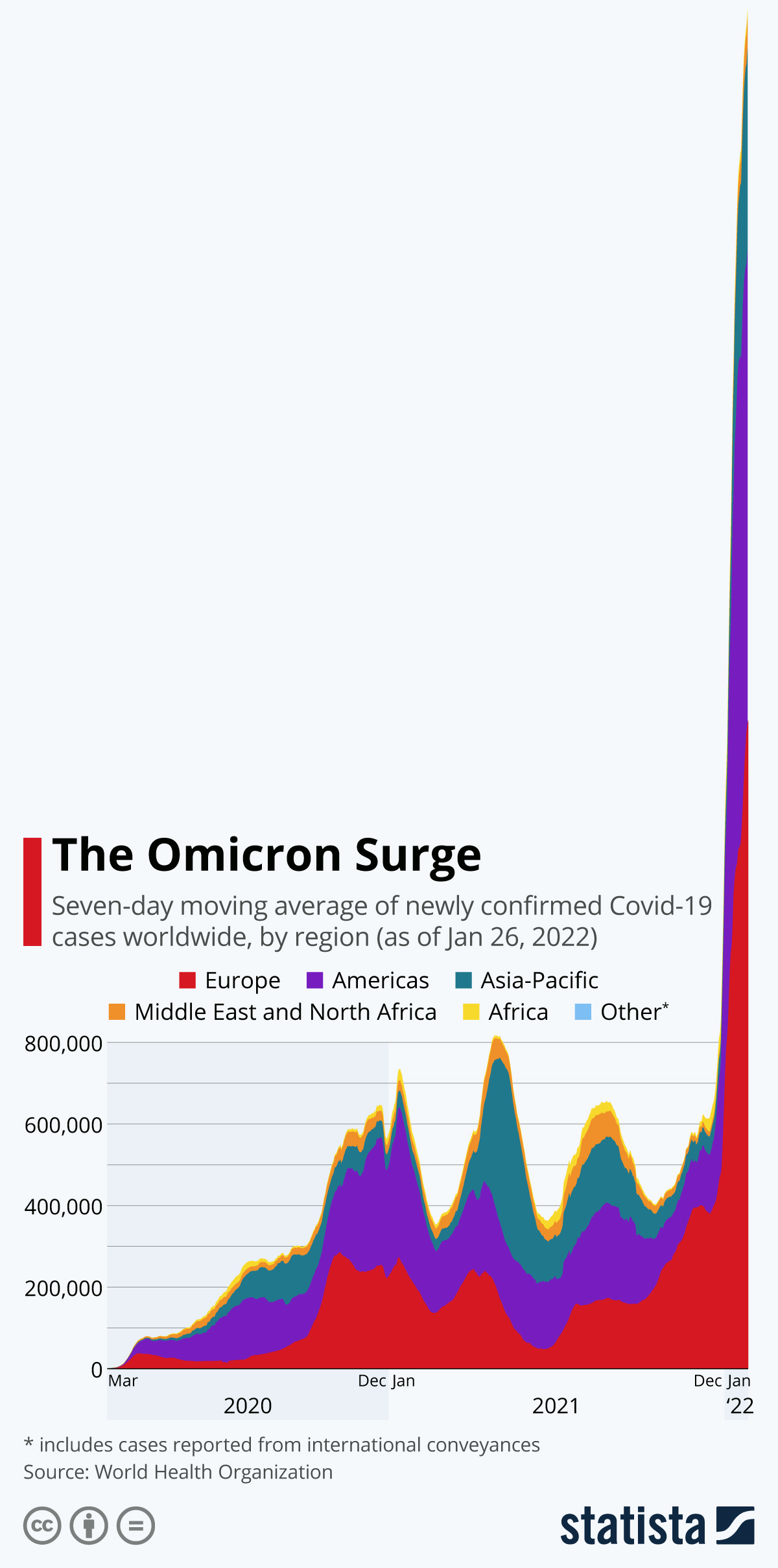One year ago, on February 11, 2020, the World Health Organization found the name for what has been shaping our lives ever since: COVID-19.
"Under agreed guidelines between WHO, the World Organisation for Animal Health and the Food and Agriculture Organization of the United Nations, we had to find a name that did not refer to a geographical location, an animal, an individual or group of people, and which is also pronounceable and related to the disease." WHO Director-General Tedros Adhanom said at the time. "Having a name matters to prevent the use of other names that can be inaccurate or stigmatizing. It also gives us a standard format to use for any future coronavirus outbreaks."
Back then, the WHO reported 42,708 confirmed cases in China and 393 cases across 24 other countries. Twelve months later, there have been 106.8 million cases of COVID-19 around the world, with 2.3 million dying from the disease.
And while the virus remains an imminent threat for the time being, especially with more infectious variants on the rise, the downward trend in global new cases combined with the beginning of mass inoculation campaigns across the world are a welcome light at the end of the tunnel.
According to the World Health Organization, the seven-day average of daily new cases fell to 428,000 on Wednesday - the lowest it's been since late October.

No comments:
Post a Comment